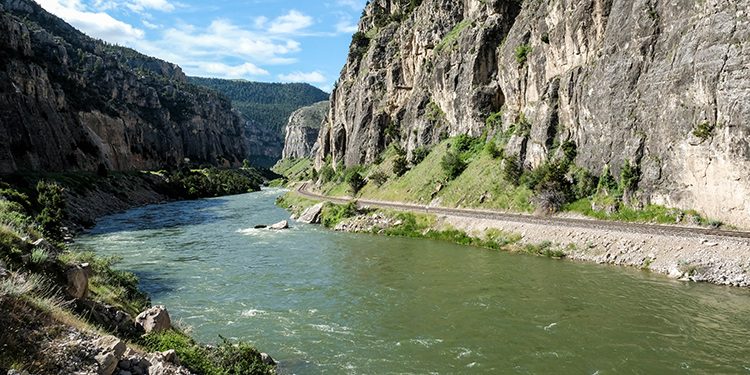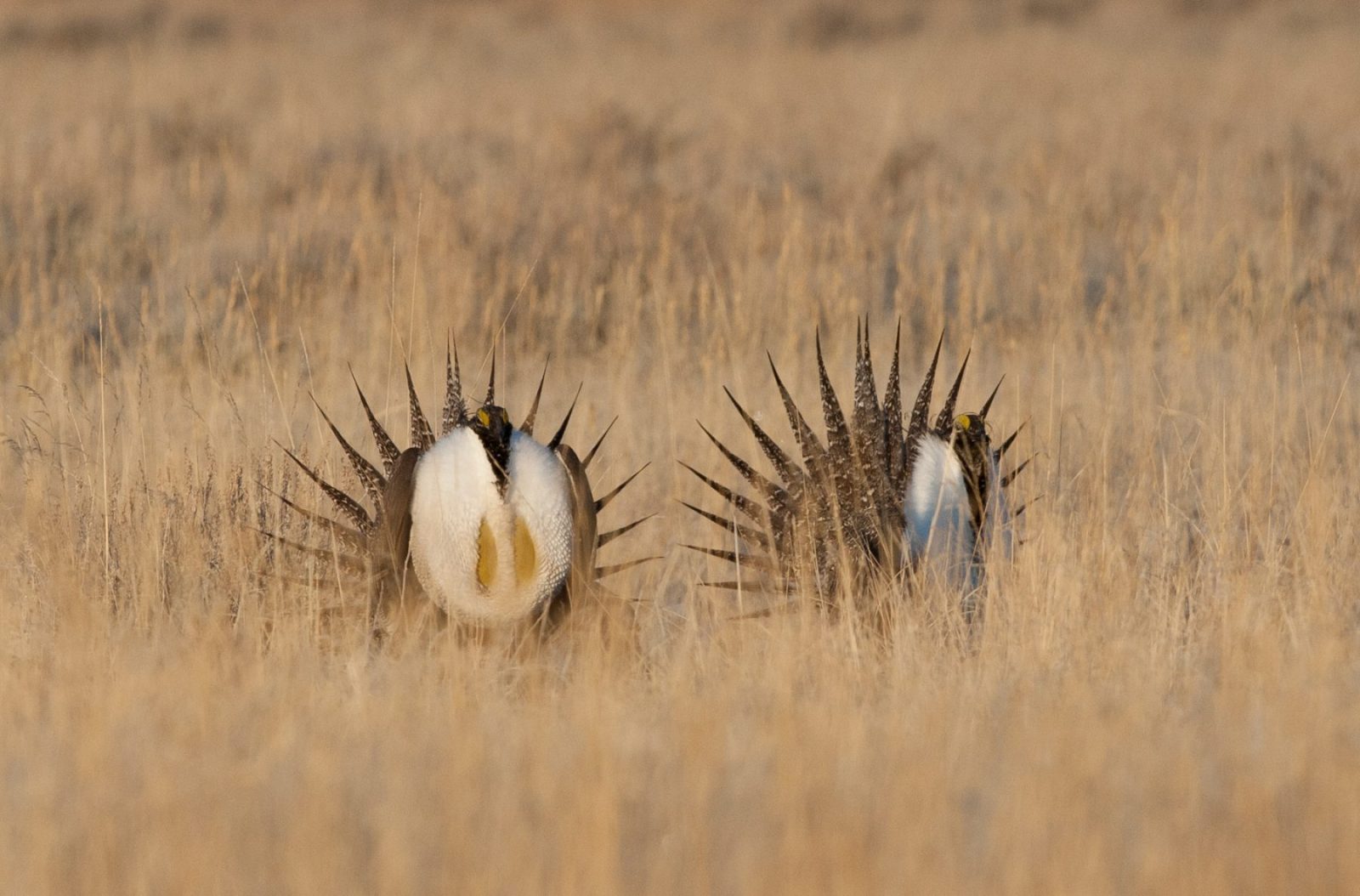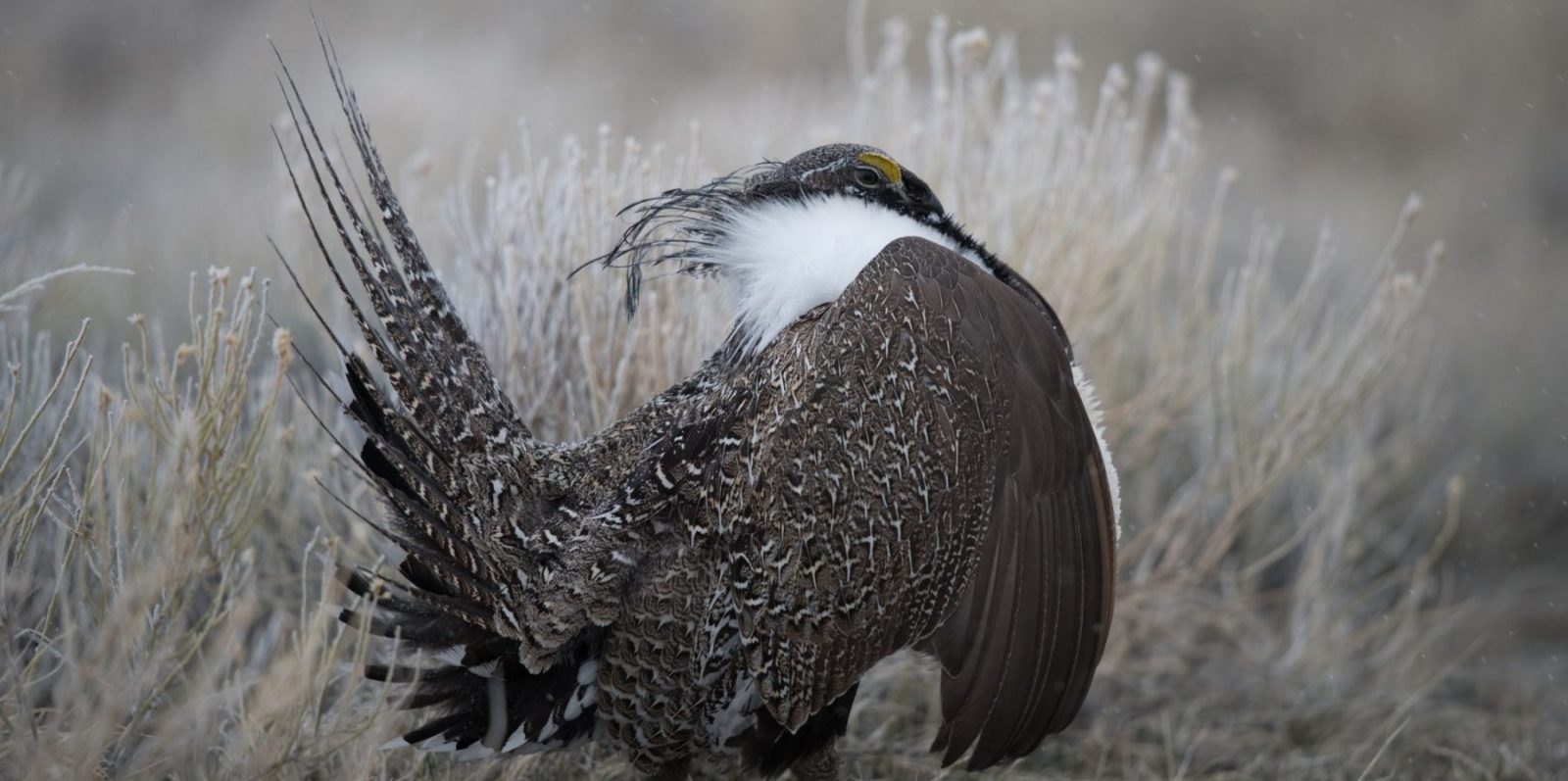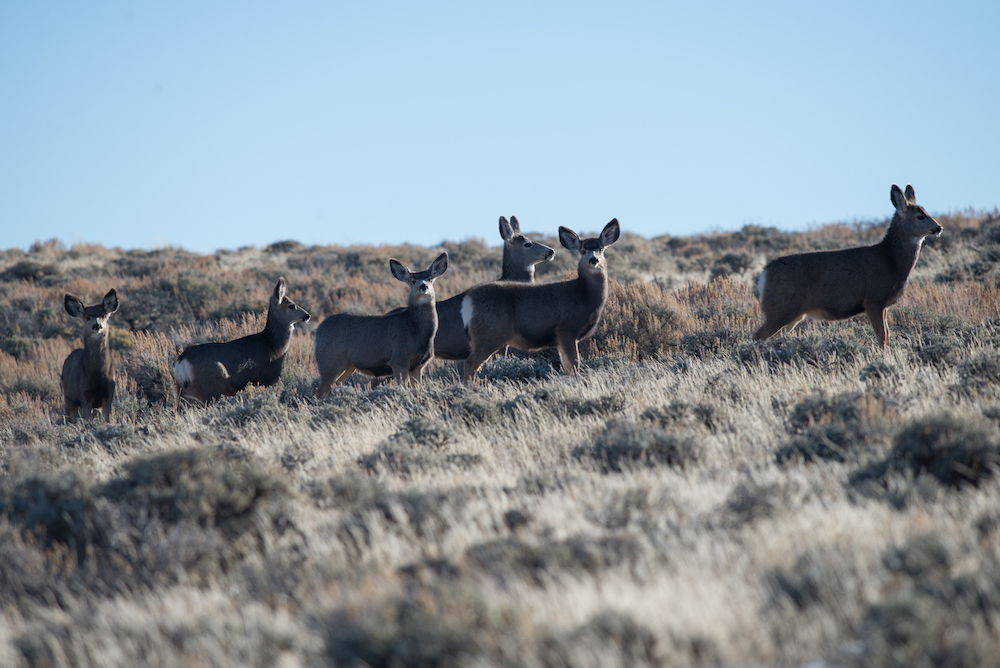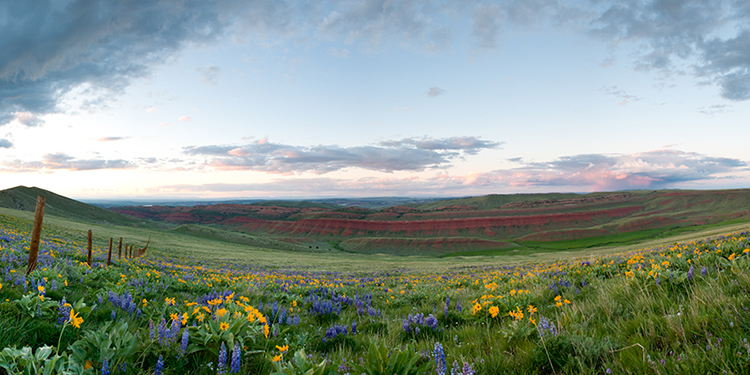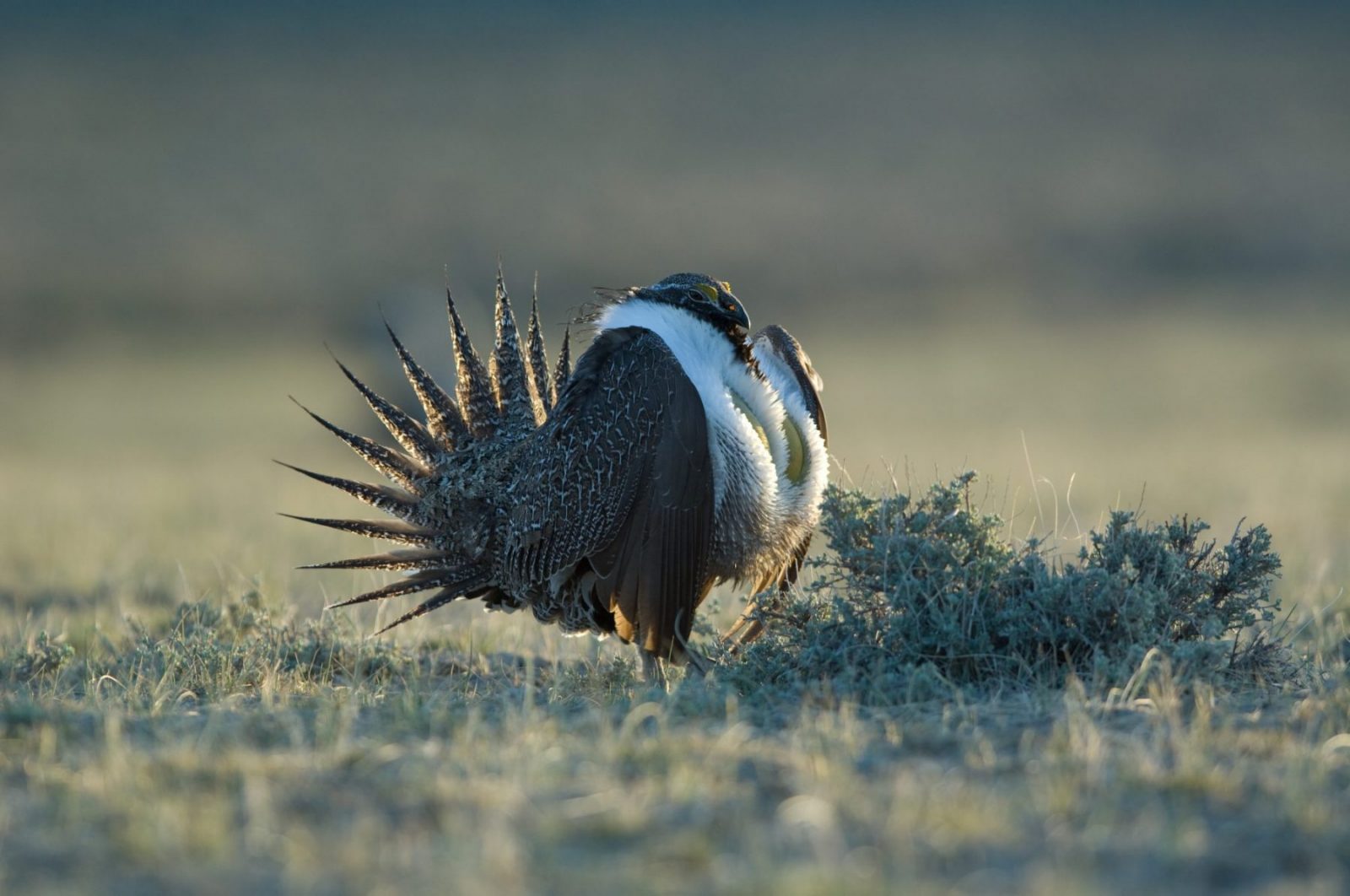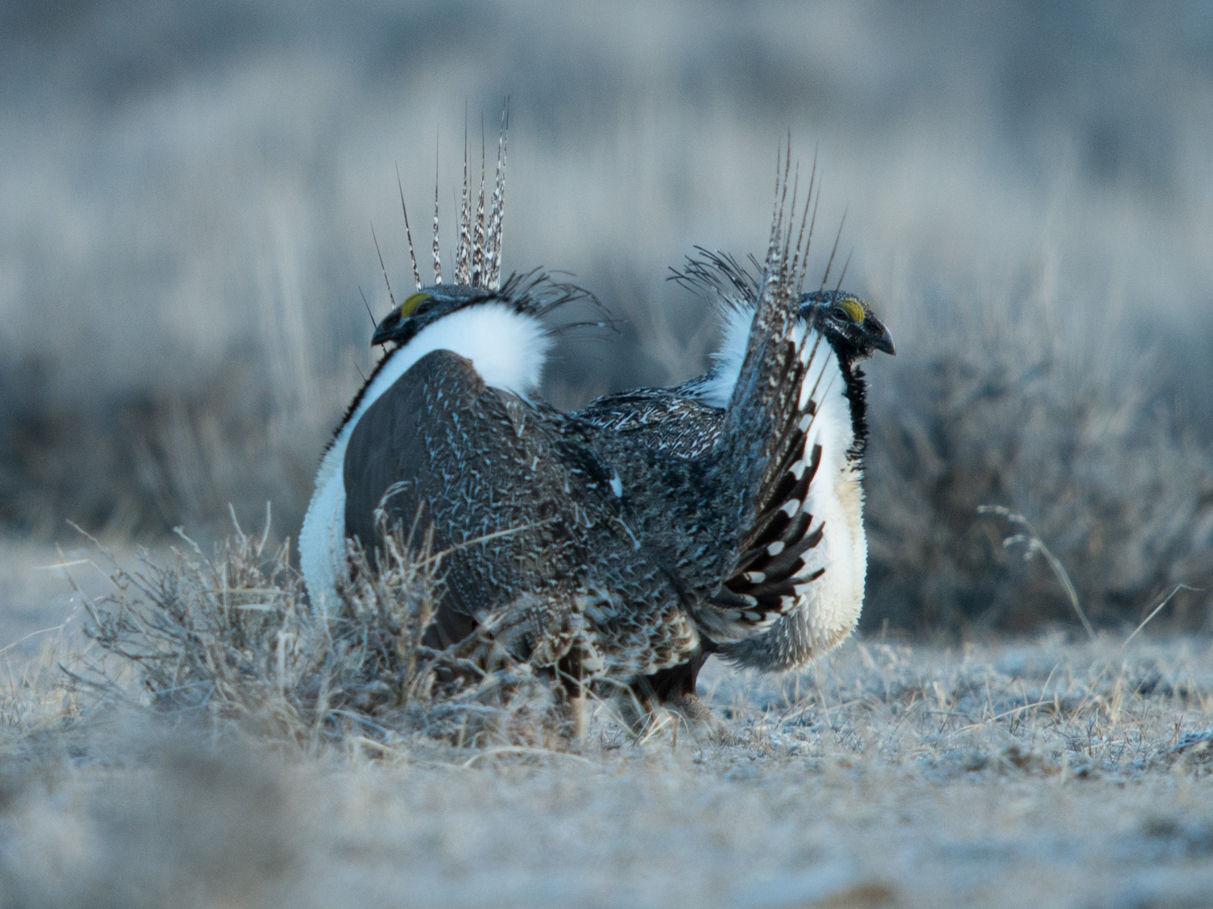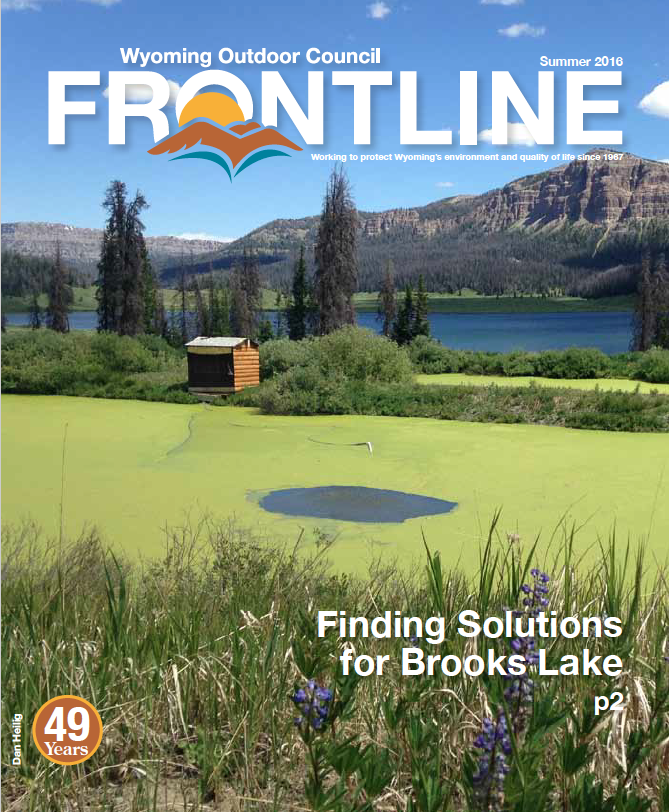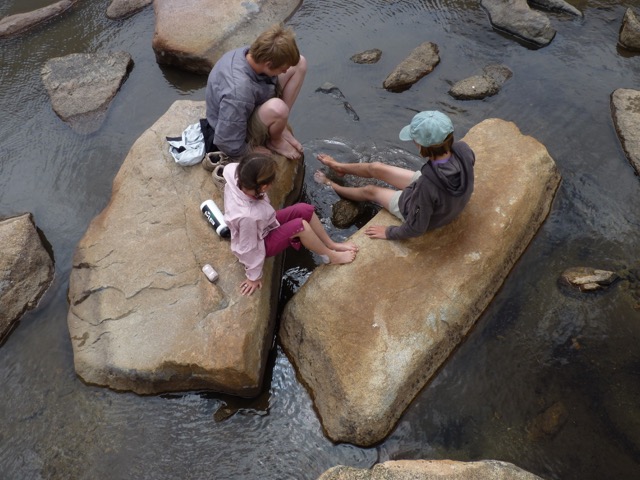First, thank you. Your earlier comments to the Wyoming Department of Environmental Quality persuaded the agency to deny Aethon Energy Company’s proposal to increase the discharge — from 2 million to over 8.25 million gallons per day — of oil and gas wastewater from the Moneta Divide field. Polluted wastewater from this facility is currently dumped into Alkali and Badwater creeks which flow into Boysen Reservoir and the Wind River.
We can’t thank you enough for writing the DEQ and attending the public meetings. Your voice made a big difference, but our efforts must continue to ensure long term protection of Boysen and its tributaries!
Although the DEQ has denied the increase, the existing discharge will be allowed to continue, despite having already caused significant damage to Alkali and Badwater creeks and likely having impacted aquatic life and water quality in Boysen Reservoir.
THE PROBLEM
While we support the improvements proposed by the DEQ in the revised draft permit, additional changes are needed to protect water quality and aquatic life. The revised permit must include more stringent pollution limits on the existing discharges to ensure that our surface waters — and all the uses and activities they support such as fishing, swimming, and irrigation — are protected for future generations.
The company’s existing DEQ discharge permit allows 908 tons per month of salts and other oil field pollutants to be discharged into Alkali and Badwater Creeks. Yet the DEQ’s own data reveals that this has already impacted the streams. And the existing discharge has exceeded legally required limits for pH, oil and grease, and chlorides, and contains no limits for benzene and other harmful chemicals.
The revised draft permit allows the same amount of salts and other harmful pollutants. The DEQ needs to do more to protect our lakes and streams from polluted oil and gas field wastewater.
WHAT YOU CAN DO
Please write to DEQ and thank them for their efforts, and for hearing your concerns. Then ask them to develop stronger limits on pollutants to ensure oil and gas wastewater does not continue to damage our streams and reservoirs.
ASK THE DEQ TO DO THE FOLLOWING:
- Work with Aethon to clean up the existing damage caused by decades of oil field pollution in these streams;
- Immediately reduce the monthly load of salts currently authorized in both the existing and proposed discharge permit;
- Implement a one or two-year compliance schedule to achieve significant reductions in the concentration of chloride allowed in Badwater Creek. The DEQ’s proposal to allow Aethon four more years to achieve full compliance with chloride standards is just too long;
- Deny any future requests to weaken the regulatory chloride standard currently applicable to Badwater Creek.
You can submit your comments online or mail them to:
Kevin Frederick, DEQ/WQD Administrator
200 West 17th Street, Cheyenne, WY 82002
Comments must be received by February 17, 2020 for them to be considered.
The DEQ’s announcement, responses to your public comments and a copy of the revised draft permit are available here.
Thank you for your continued effort to deliver this critical message to the DEQ: “Don’t Poison Boysen.”


